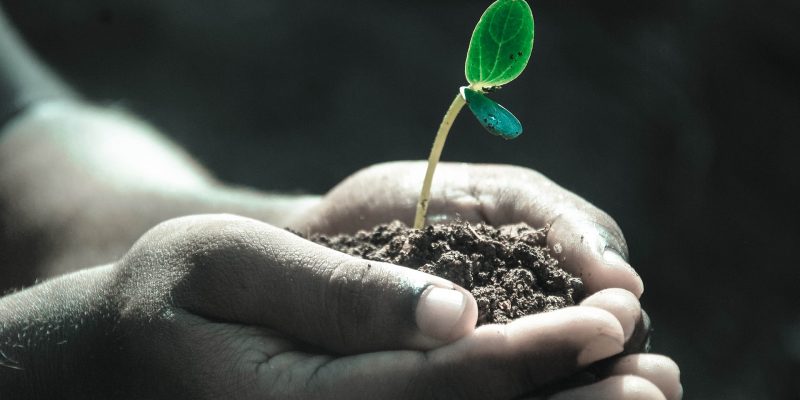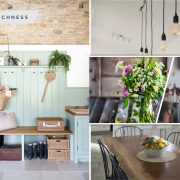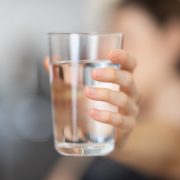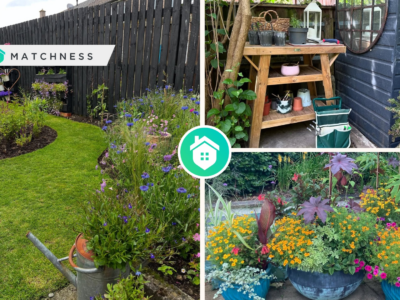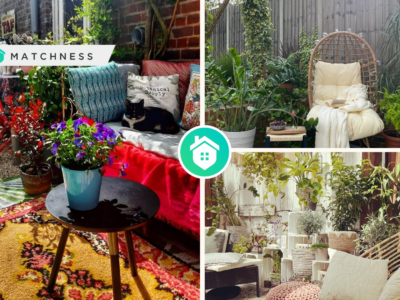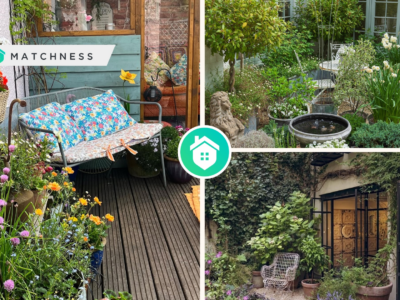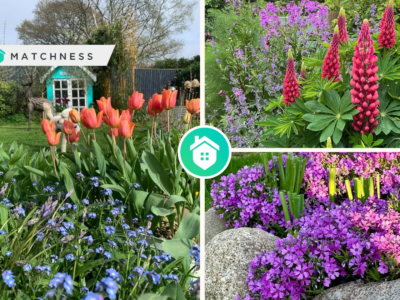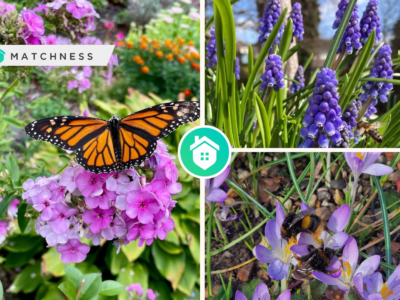Gardening is a popular hobby, and for good reason. It’s a great way to get your hands dirty, help yourself to fresh produce, and maybe even make some money along the way. But if you want to grow plants at home in a successful manner, you need to do more than just throw some seeds in the ground. In this article, we’re going to list seven items you should have if you want to grow plants successfully. From soil to watering gear, read on to learn everything you need to get started in the garden.
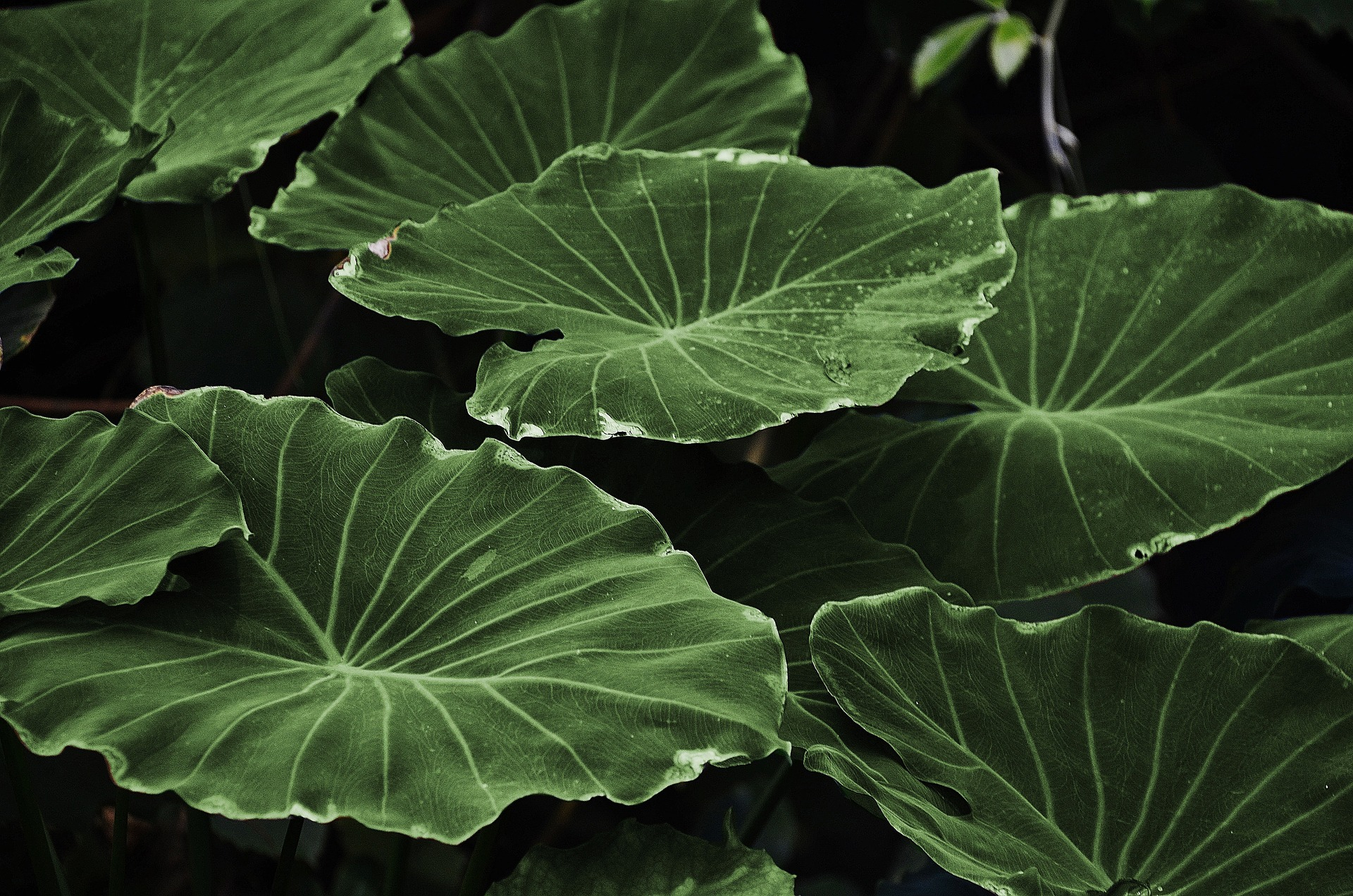
A soil mix
Soil mix is a key ingredient for successful plant growth. A well-balanced soil mix will contain organic matter, which helps improve the soil’s structure and provide nutrients for plants to grow. When growing plants from seed, it is important to create a soil mix that includes both sand and compost. The following are some other ingredients you’ll want to include in your soil mix:
- Perlite: Perlite is a volcanic rock that helps improve aeration and drainage in the soil.
- Rockwool: Rockwool can be used as a basis for adding organic matter or as a fiber source for holding water and nutrients.
- Brown rice hulls: Brown rice hulls help improve the texture and fertility of the soil.
When it comes to airflow, it’s important to create an environment that encourages plant growth and healthy air circulation. This can be done by planting your plants in a well-drained area and adding mulch around the plants to keep moisture and heat in. Also, as the people behind TerraBloom say, you expect fresh air in the spaces you occupy daily. Keep in mind that fresh air also includes plant pollen, so it’s important to maintain a healthy environment for your plants.
A pot that’s the right size
If you’re looking to grow plants at home, you’ll need the right pot. A pot that’s the right size will allow your plants to get the airflow and water they need without being overwhelmed. When choosing a pot, make sure to consider the height and width of the plant, as well as its rootball. Here are some tips for selecting the perfect pot:
-Height: Choose a pot that’s at least twice as high as the rootball of the plant you’re growing. This will give your plant enough room to grow tall and achieve its full potential.
-Width: Pick a pot that’s at least twice as wide as the rootball of the plant you’re growing. This will give your plant plenty of space to spread out and grow roots down into the soil.
-Rootball: When choosing a pot, make sure to take into account the size of the rootball of your plant. A good rule of thumb is to choose a pot that’s half as wide and twice as high as the rootball size of your plant.
A water container
The first item on any gardener’s list should be a water container. Ideally, this container should be big enough to hold at least an inch of water and have a lid that is secure but removable for easy filling and cleaning. A good option is a plastic storage bin with a flip-top lid. You can also buy pre-made containers specifically designed for gardening or use an old glass jar that you don’t need anymore.
Just make sure the water has good drainage so your plants can get rid of excess moisture quickly. Place the container in a spot where it receives plenty of sunlight, but avoid direct sun exposure if possible. And finally, make sure the soil surface around the container is dry before adding new seedlings or planting flowers or vegetables in it.
Fertilizer
One of the most important items you need to successfully grow plants at home is fertilizer. There are a few different types of fertilizers available, so it’s important to find the right one for your plants. Some common fertilizers include:
– nitrogen: Nitrogen is essential for growth and helps prevent diseases in plants. It’s also used to make proteins and other nutrients.
– potassium: Potassium is also important for plant growth. It helps prevent a foliar burn, encourages root development, and maintains plant moisture levels.
– phosphorus: Phosphorus helps with plant growth by promoting flowering and fruit production. It’s also essential for the production of cell walls in plants.
– calcium: Calcium is essential for strong roots and foliage growth. It can be found in many different forms, including limestone and dolomite, so make sure to select the right type for your soil conditions.
A timer
If you are looking to grow plants indoors, you will need to purchase a timer. There are many types of timers available, so it is important to find one that fits your needs. Timers can be set to start timing when the plant reaches a specific height or when it blooms. This will help you know when to water and fertilize your plants.
Growth regulators
Growth regulators for plants are substances that stimulate the growth of plants. There are a number of different types of growth regulators, including hormones, auxins, gibberellins, and cytokinins. Keep in mind that growth regulators can have both positive and negative effects on plants, so it is important to use them in a way that is best suited for the plant you are treating.
Lighting
When choosing lightbulbs, keep in mind what type of plant you want to grow. For example, blue light is perfect for flowering plants such as roses, while red light is better for leafy vegetables like lettuce and kale. Knowing which lightbulb works best for your type of plant will help you create a healthy and nurturing environment for them.
If you have a green thumb, there are also LED bulbs available that mimic natural sunlight. These bulbs use less energy, so they can be helpful if you are trying to lower your carbon footprint.
In addition to choosing the right type of lightbulb, it’s also important to set up a proper lighting schedule for your plants. Determining when to water your plants and how often to fertilize them depends on the time of year and the kind of plant you are growing.
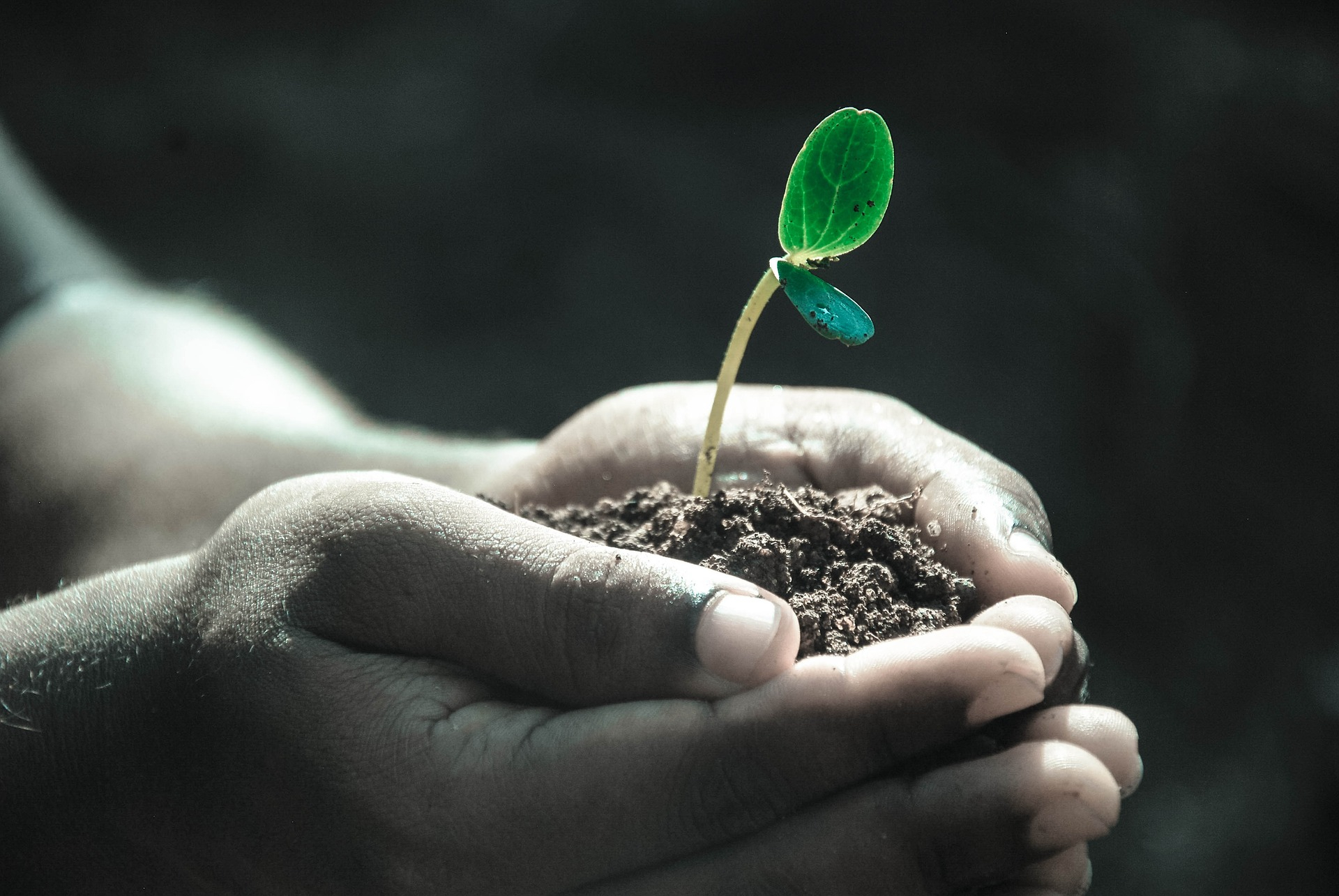
If you’re looking to grow plants at home, there are a few key items you need to succeed. In this article, we’ve outlined seven of the most important items and provided tips on how to get them. By following these tips, you will be on your way to creating a successful garden that provides nutrients for your plants and beautiful flowers or herbs in return. Give these tips a try next time you want to plant some seeds!


